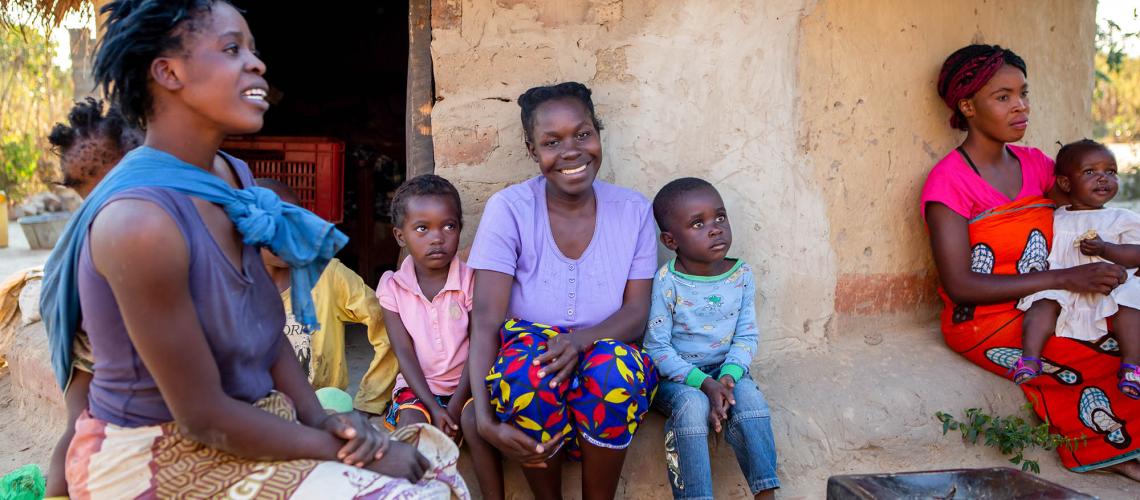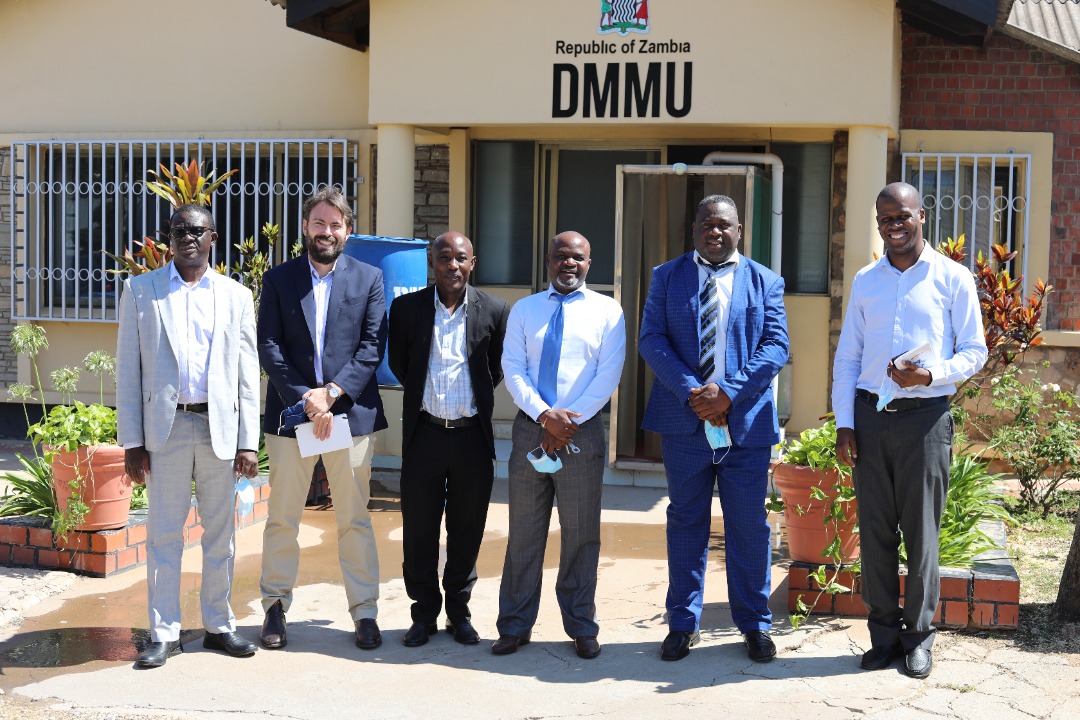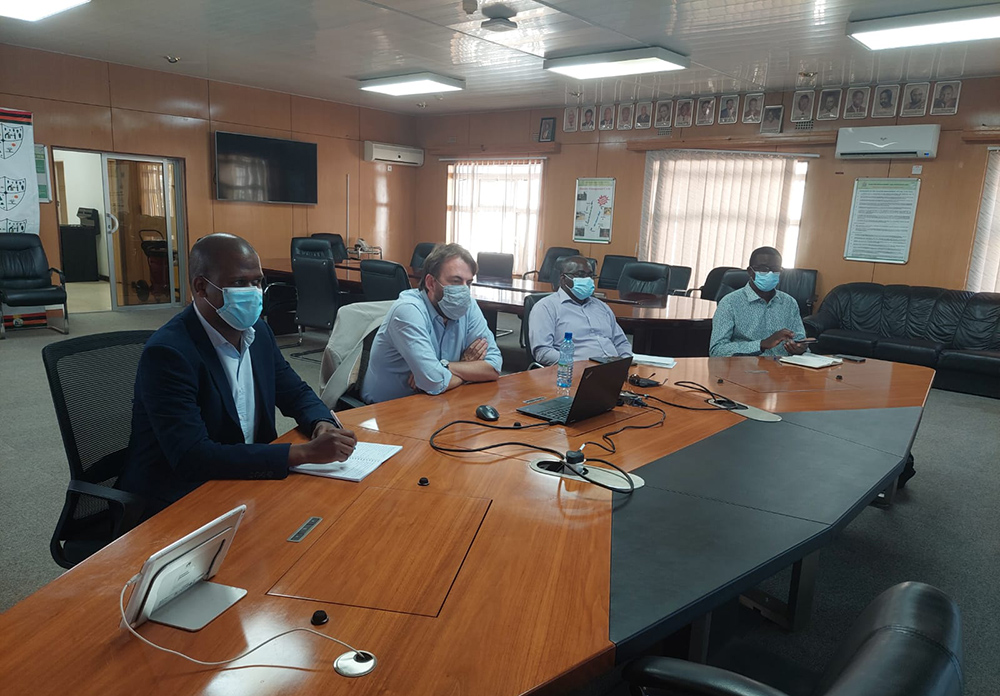
The Republic of Zambia is a landlocked resource rich country with sparsely populated land. Its population is overwhelmingly young, and fast growing, and is estimated to reach 30 million people by 2050. The majority lives in rural areas. The economy is predominantly dependent on exploitation of natural resources - water, forestry and wildlife - which are highly vulnerable to disaster and climate risk. In particular rainfall variability and recurrent drought remain a key structural risk to Zambia’s sustainable growth, affecting key sectors like agriculture, including fisheries and forestry, and energy which relies on hydro-electric power.

The country is exposed to a variety of hazards, including droughts, floods and epidemics, insect infestation and landslides as well as technological hazards such as dam breaches or industrial contamination accidents from the mining industry.
At the request of the Office of the Vice President, the CADRI regional host agencies for Southern Africa, FAO and IOM, conducted a scoping mission on 29th November - 1st December. Consultations with country stakeholders reached a consensus that the country is ready to shift its disaster management approach from reactive to proactive and is planning to decentralize its DRM functions in line with the decentralization and localization agenda of the new administration. The preparation of the 8th National Development Plan in 2022 and the preparation of the next UN Cooperation Framework 2023-2027 create a momentum to increase investment in disaster risk reduction and climate change adaptation across socio-economic sectors. The capacity diagnosis planned for the first quarter of 2022 should focus on localization and decentralization of DRR functions, strengthening institutional arrangements for information management, and policies and systems to develop and implement a multi-hazard disaster risk reduction strategy. The diagnosis will consider capacities to manage disaster and climate risk in several sectors: Agriculture, Livestock and Fisheries, Water security/WASH, Health/Nutrition, Energy, Environment and Education.

